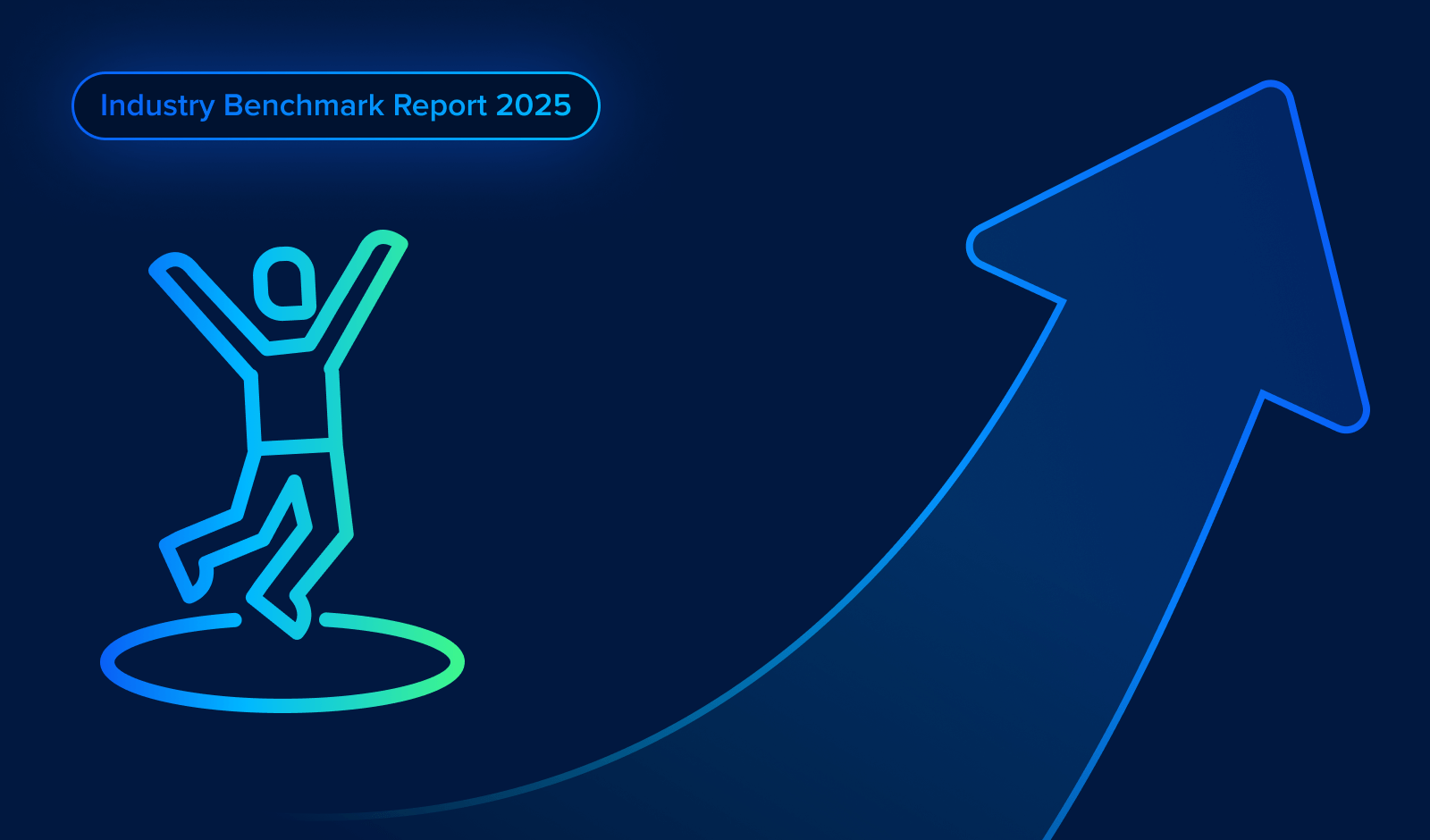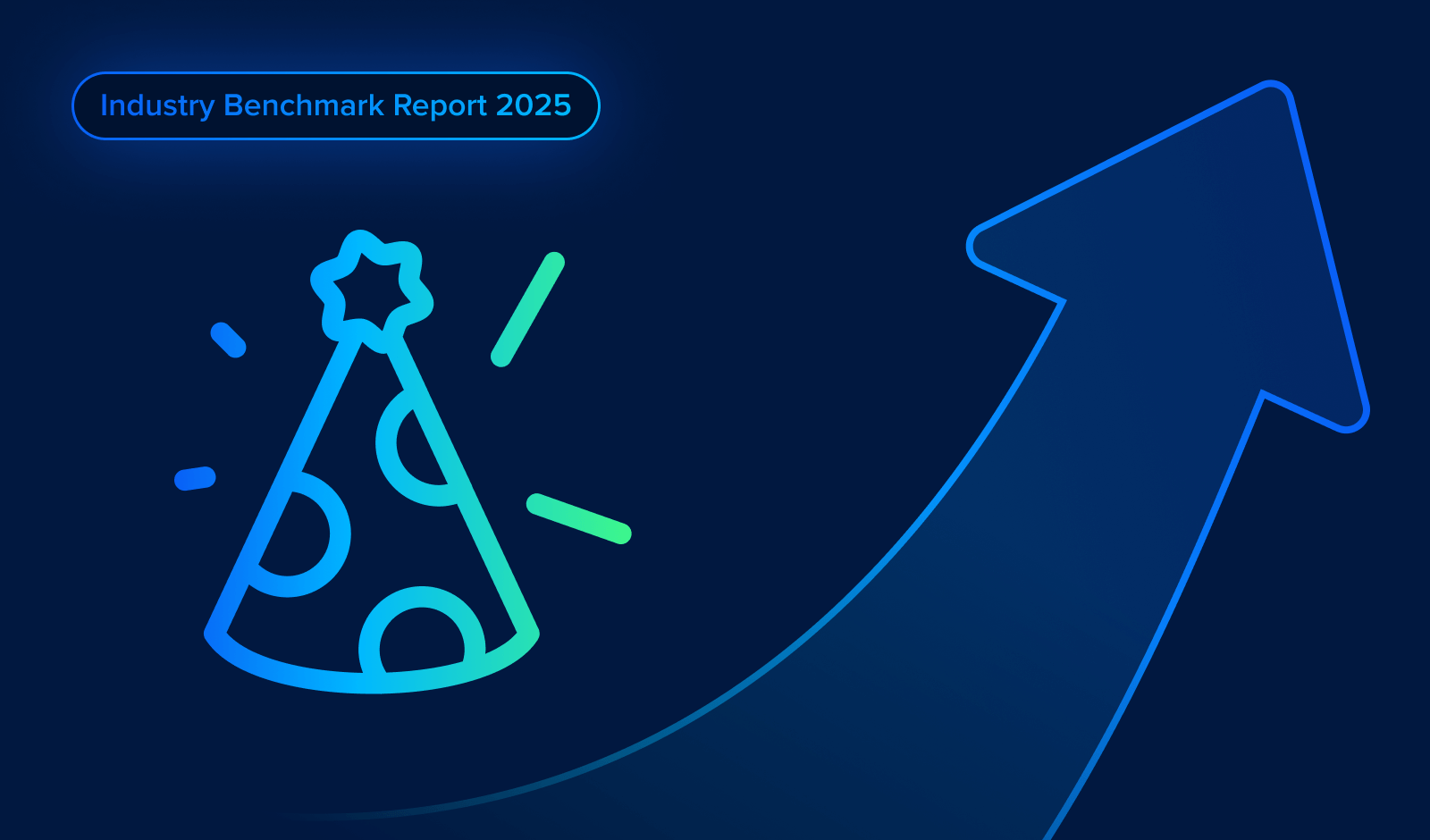You're juggling a lot as an attraction or leisure venue owner or operator. Between the day-to-day responsibilities of operating combined with focusing on strategy and growth, it seems there are never enough hours in the day.
Fortunately, today’s technology can help to ease the burden. However, it can sometimes feel like there is too much technology — adding further complexities to your ability to achieve your goals. From optimizing your online bookings to reducing friction for guests and employees alike, when we speak with operators about solving their challenges, we often hear that operators want to manage their operations from a single tool.
This article will cover the frustrations caused when using too many systems that don’t integrate well (or at all) and how an all-in-one solution combined with seamless integrations can make running an attractions business significantly smoother for you and your staff and, most importantly — enhance the guest experience.
Poorly integrated systems hinder growth and efficiency
Have you ever looked at your web browser and seen too many open tabs? It feels disorganized and a little chaotic, like you have too much on your plate, and as a result, everything is out of focus. Now imagine that each of those tabs is a different platform serving separate business functions.
From a venue management perspective, you need to sell, serve your guests, market to them, and manage the logistics of your business. These four categories involve a variety of different functions and requirements. If you look hard enough, you can find a solution for each category.
If that’s the case, consider the number of different systems you would need to implement, learn how to use, train your team, and manage the day-to-day logistics of ensuring each function runs smoothly. The amount of administrative work alone causes such a burden that you would spend too much time working in your business that you wouldn’t have any left to work on your business.
Additionally, the likelihood of error increases significantly when multiple systems are in play. For instance, if a guest calls to book a birthday party and the team member who answers the phone secures the payment for the reservation but is then pulled away immediately after the call ends, they may forget to actually reserve the party room, resulting in the group arriving for the party that was paid for but never actually booked. An all-in-one system eliminates the possibility of such errors occurring.
Training needs to be efficient and optimized in an industry that predominantly hires young team members, many of whom are being hired for their first job and many others who are only staying for a brief period. With multiple systems serving different purposes, your training resources will be exhausted if your turnover rates for frontline staff are on par with industry averages.
Your guests want seamless transactions and experiences
When you think about the guest experience, you often think about what happens between the guest’s arrival and departure. However, let’s pull back and consider everything that happens before a guest visits and long after they leave your venue. You need to consider your guests' experience before they are even guests.
Consider the process your guests go through to buy tickets and/or book sessions at your venue. Imagine a busy mom whose kids have just fallen asleep, and she’s relaxing on the couch watching Netflix and scrolling through Instagram. She comes across an ad for your venue and recalls seeing a post from her friend about recently taking her kids to your venue and having a great time. She clicks on the ad and can quickly see the options, prices, and available session times.
When she arrives at the checkout, she can quickly check out and pay with Apple Pay, meaning she does not need to set down her phone, pause Netflix, fish through her purse, find her wallet, pull out her credit card, enter the entire credit card number plus the expiration date and the security code, put the card back in her wallet, the wallet back in her purse, and go back to the couch and unpause Netflix. She can discover you, book a time, and pay for her session all in one go, all while comfortably sitting on her couch. Now that’s a great first impression of your business.
Then, because digital waivers are another functionality of the same system, she quickly signs the waiver, which is immediately tied to her ticket information. When she arrives at your venue, she and her family can go through a shorter queue because they will bypass the guests needing to book onsite, and with a quick scan of her phone, she gets in right away, and her kids waste no time before jumping into the action.
After the visit, she realizes the value of the experience and her kids’ satisfaction, and she considers purchasing a membership, which can be done with the click of a button and with no additional hassle. Then, after she’s back home, she is given a survey that allows her to share her satisfaction and communicate any possible concerns. And if the feedback is positive enough, it sends her straight to Google Reviews, where she can now tell the world about her incredible experience.
Your guest has now come full circle with your business and completed the guest experience flywheel! She discovered you online, enjoyed the seamless and fast booking experience and entry process, her kids loved the in-venue experience, and afterward, she felt so positively about your venue that she happily recommended you to others. The flywheel keeps spinning!
All-in-one integrated systems help you use guest data to drive growth and guest satisfaction
You are collecting a ton of data in your business — probably more than you realize. The challenge then becomes not the amount of data you’re collecting but how you use it to drive your business forward. Without putting it into action, the data goes to waste, and revenue is left on the table. Instead, you can find the “diamond in the data mine” and use it toward better understanding your guests’ behavior, optimize your marketing to send targeted ads, and learn from your guests directly where your most significant friction points lie.
Picture a common scenario when a guest visiting your venue books in advance, and as part of the booking process, they must complete a waiver for each party member. In the waiver, the guest supplies their name, email address, and date of birth, all aligned with the ticket.
In FECs, one of the largest sources of revenue comes from birthday parties, where a significant portion of marketing resources are allocated. While you could send a mass email to everyone on your email list promoting birthday parties and the available packages, your wiser option would be to utilize the data you’ve captured from your waivers.
You have the date of birth of every guest who visits your venue, meaning you know when their birthday is and how old they are. If your target demographic for birthday parties is children between the ages of 5 and 12, you can send out targeted emails to their parents when they begin considering their child’s birthday plans. The message comes to them at the right time. In turn, the likelihood of booking birthday parties from previous guests skyrockets compared to mass emails, mailers, billboards, and other advertising methods that don’t take advantage of segmented audiences.
This is where your platform benefits the most from an integration partner where the data transfers seamlessly. For instance, data captured from ROLLER’s waiver function can be moved into Hownd’s marketing automation system, and the example you read above happens effortlessly. Wheels are immediately set in motion to send promotions and campaigns that best align with the guest and in a way in which they won’t feel like they’re being spammed.
Then, at the end of their visit, the guest will be prompted to complete a survey that includes the previously captured data. This means that instead of the guest being prompted for their name, contact information, and the date they visited all over again, the survey only asks the most pertinent questions. On the backend, you, the operator, can see how the guests perceive their experience as it relates to critical factors such as days of the week, and time of day, which you can also align with business volumes during each of those times. That’s the magic of an all-in-one system!
Using the right technology is the key to dazzling your guests
When you think about the words “technology” and “delight,” they don’t often go in the same sentence. The opposite might be true, though, where “technology” and “frustrate” might be more commonly linked — particularly for outdated systems that don’t match current trends in user experience.
The goal of technology as it relates to your guest experience is to remove friction, making it more seamless for your guests and staff to complete necessary tasks. Meaning the most “delightful” examples of technology are when they are unmemorable. If a guest visits your venue and can barely remember their experience buying tickets, it’s because there were no issues, and they could accomplish the task with beautiful simplicity.
Simple leads to convenience, and convenience leads to “wow.” And “wow” makes it much easier to drive guest loyalty, where guests come back repeatedly and tell everyone about their experience.
Consider each phase of the guest journey, along with all the possible friction points that can occur. You build awareness through your marketing and advertising, then engage the guest with a well-designed website that is engaging, dynamic, and optimized for mobile. Then the guest sees a clear path to purchase and can easily complete the transaction. Upon arrival, they are rewarded for the work they did ahead of time and expedited directly into the venue. Their expectations are exceeded through your incredible experience and their phenomenal interactions with your team. Then, at the end of their visit and shortly after, they are prompted for their feedback and allowed to become a member. Through this incredible experience, they tell others, thus influencing new business that comes in through word of mouth. The process begins again, and this time is even more efficient because you spent no advertising dollars to acquire the new guest.
This is the flywheel effect in action. A flywheel requires immense effort to begin spinning, but once it’s in motion, it builds off of its own momentum and spins faster and faster with less and less effort.
How do you make the flywheel spin faster? Remove friction from each phase of the guest journey.
To learn more about how ROLLER can be the all-in-one venue management platform you’ve been looking for, get started by scheduling a demo today. And to learn more about our partners with whom we’ve seamlessly integrated to make your life even easier, click here.



